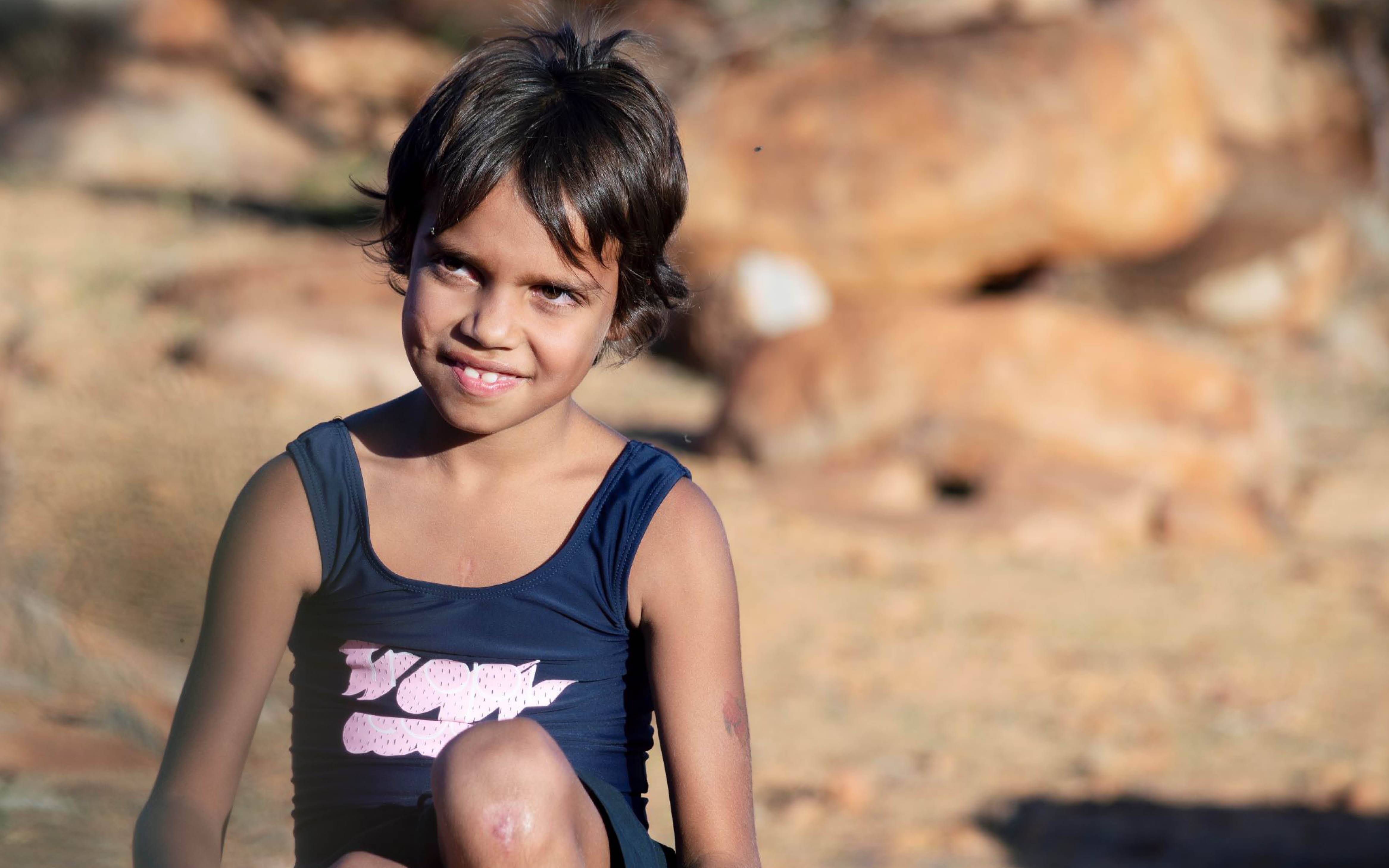Search
Research
TLR1/2 activation during Heterologous prime-boost vaccination (DNA-MVA) enhances CD8+ T cell responses providingLeishmania (Viannia) parasites present particular challenges, as human and murine immune responses to infection are distinct from other Leishmania species
Research
Immediate and Longer Term Immunogenicity and Safety of a Single Dose of the Combined Haemophilus influenzae TypeHib-primed but MenC-naive toddlers (N = 433) were randomized to receive 1 dose of Hib-MenC-TT or separate Hib-TT and MenC-CRM197 vaccines.
Research
Innate immunity in human newborn infants: prematurity means more than immaturityNeonates, particularly those born prematurely, are exquisitely vulnerable to life-threatening infections. This increased susceptibility to infection...
Research
Nasopharyngeal carriage of Haemophilus haemolyticus in otitis-prone and healthy childrenHaemophilus haemolyticus is often incorrectly categorized as nontypeable Haemophilus influenzae (NTHI) upon culture. PCR analyses of 266 NTHI-like nasopharyngea
Research
Complexity of Influenza Outbreaks during the World Youth Day 2008 Mass Gathering and its Impact on Community Seasonal Influenza ActivityHow Influenza outbreaks during mass gatherings have been rarely described, and detailed virologic assessment is lacking.
Research
Comparison of the immunogenicity and reactogenicity of a prophylactic quadrivalent human papilloma VirusWe conducted a noninferiority immunogenicity study to bridge the efficacy findings in young women to preadolescent and adolescent girls and boys...

The Strep A Translation team aim to understand the epidemiology of Strep A infections in Australia and the world. Alongside this, they explore the implementation of endgame recommendations, health economics and new horizons.
Research
Targeting the mucosal immune system in a mouse model to prevent pregnancy complications following maternal bacterial infectionThis work is the first step to develop safe treatments for pregnant mums to protect against preterm delivery and low birth weight caused by maternal infections.

News & Events
WA leading the race to stop one of the deadliest bugs on the planetIn Perth, The Kids Research Institute Australia is spearheading global efforts to tackle this insidious bacterium and reduce its impact on kids’ health.
Research
Facing the Ethical Challenges: Consumer Involvement in COVID-19 Pandemic ResearchConsumer involvement in clinical research is an essential component of a comprehensive response during emergent health challenges. During the COVID-19 pandemic, the moderation of research policies and regulation to facilitate research may raise ethical issues.
